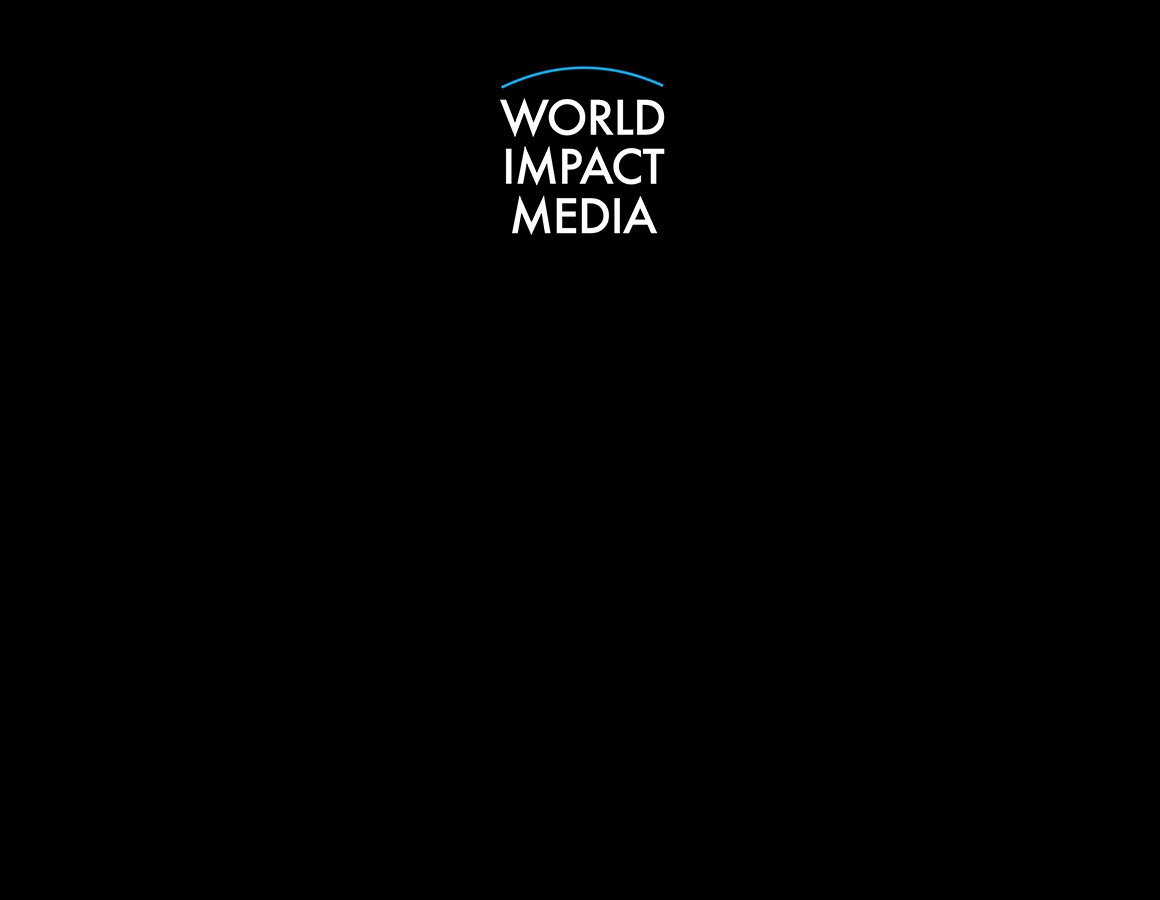As of April 2025, the global economy is undergoing a sharp and complex downturn, echoing concerns last seen during the 2008 financial crisis. From stock market volatility to banking instability and geopolitical tensions, the economic climate has shifted dramatically. Here’s what we know so far:
1. Global Markets in Decline
Major indices including the S&P 500, FTSE 100, and Hang Seng have seen sustained drops over the past months. Investor confidence has waned due to slowing growth in the U.S. and China, rising interest rates, and uncertainty around trade policies.
2. U.S. Facing a Technical Recession
With GDP contracting for two consecutive quarters and unemployment ticking upwards, the U.S. has officially entered a recession. The Federal Reserve’s aggressive rate hikes, meant to combat inflation, have cooled consumer spending and investment.
3. China’s Economic Slowdown Deepens
China, once the engine of global growth, is grappling with property market instability, slowing exports, and declining foreign direct investment. The tariff war with the U.S. has only intensified the pressure.
4. Europe’s Energy and Inflation Crisis
The energy crisis, particularly in Germany and Eastern Europe, has driven up production costs and inflation. Combined with decreased manufacturing output and rising interest rates from the ECB, economic activity across the continent is slowing sharply.
5. Global Supply Chains Are Still Fragile
While the COVID-era bottlenecks have mostly subsided, new tensions—such as Red Sea shipping route disruptions and semiconductor shortages—are once again testing global logistics systems.
6. Emerging Markets Are in Trouble
Countries in Africa, Latin America, and parts of Asia are being hit hard by currency devaluation, inflation, and a lack of access to capital. Debt burdens are rising, and some nations are approaching default.
7. Crypto Crash and Tech Meltdown
The tech sector, which had seen meteoric growth during the 2020s, has experienced massive layoffs and plummeting stock values. Cryptocurrency markets have also collapsed amid regulatory crackdowns and declining investor trust.
8. Gold and Commodities Surge
Amid the chaos, investors are turning to traditional safe havens. Gold has surged past $2,500 per ounce, and commodities like oil and wheat have also spiked due to supply shocks and geopolitical risks.
9. Social Unrest Brewing
The economic hardship is already manifesting in protests across cities in Europe, South America, and even the U.S., where dissatisfaction with inequality and political inaction is mounting.
10. What Could Be Next?
Economists suggest that recovery may depend on global cooperation to ease trade tensions, targeted fiscal stimulus, and support for small and medium-sized enterprises. But with elections, wars, and political fragmentation on the horizon, the path to stability remains uncertain.
Bottom Line:
The current economic downturn is the result of intertwined global forces—from monetary policy and geopolitical tensions to structural imbalances. While it’s still early to predict the full extent of the crash, the world is clearly entering a new and unpredictable economic era.
















